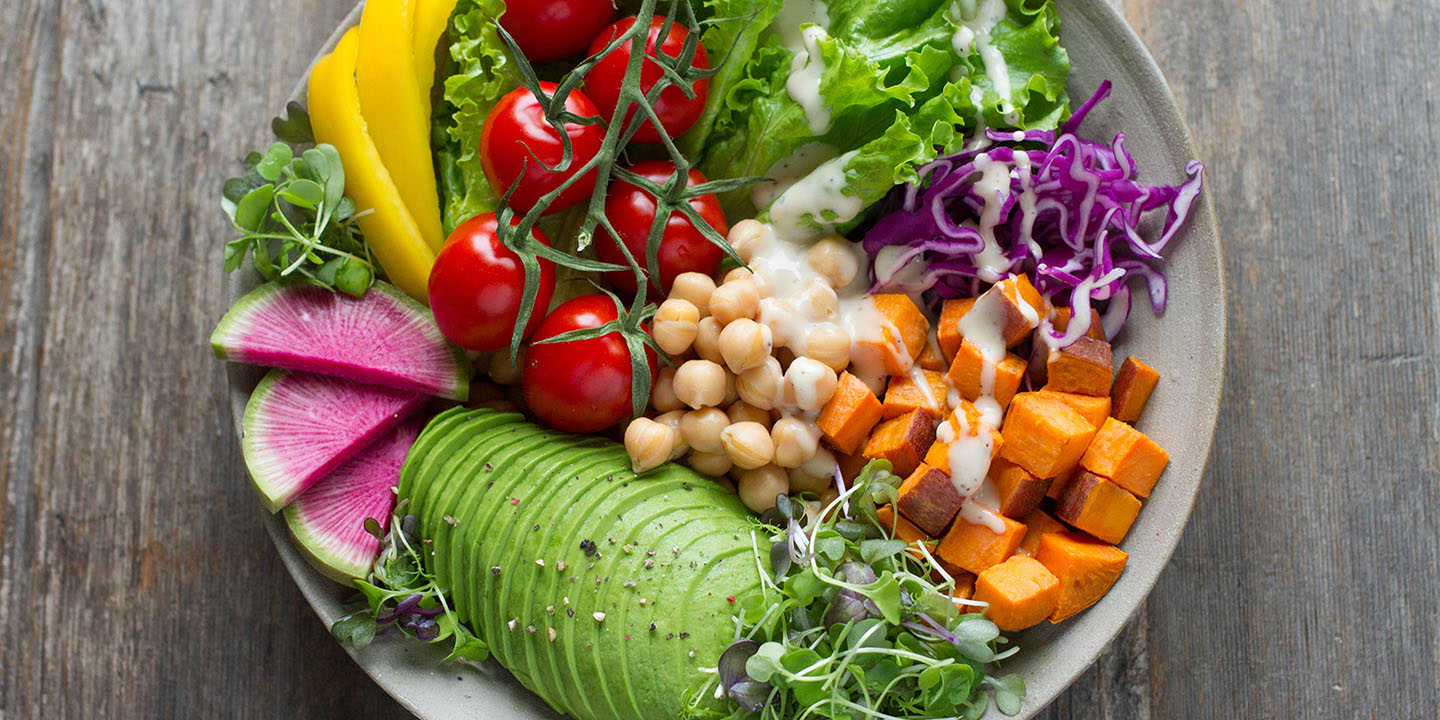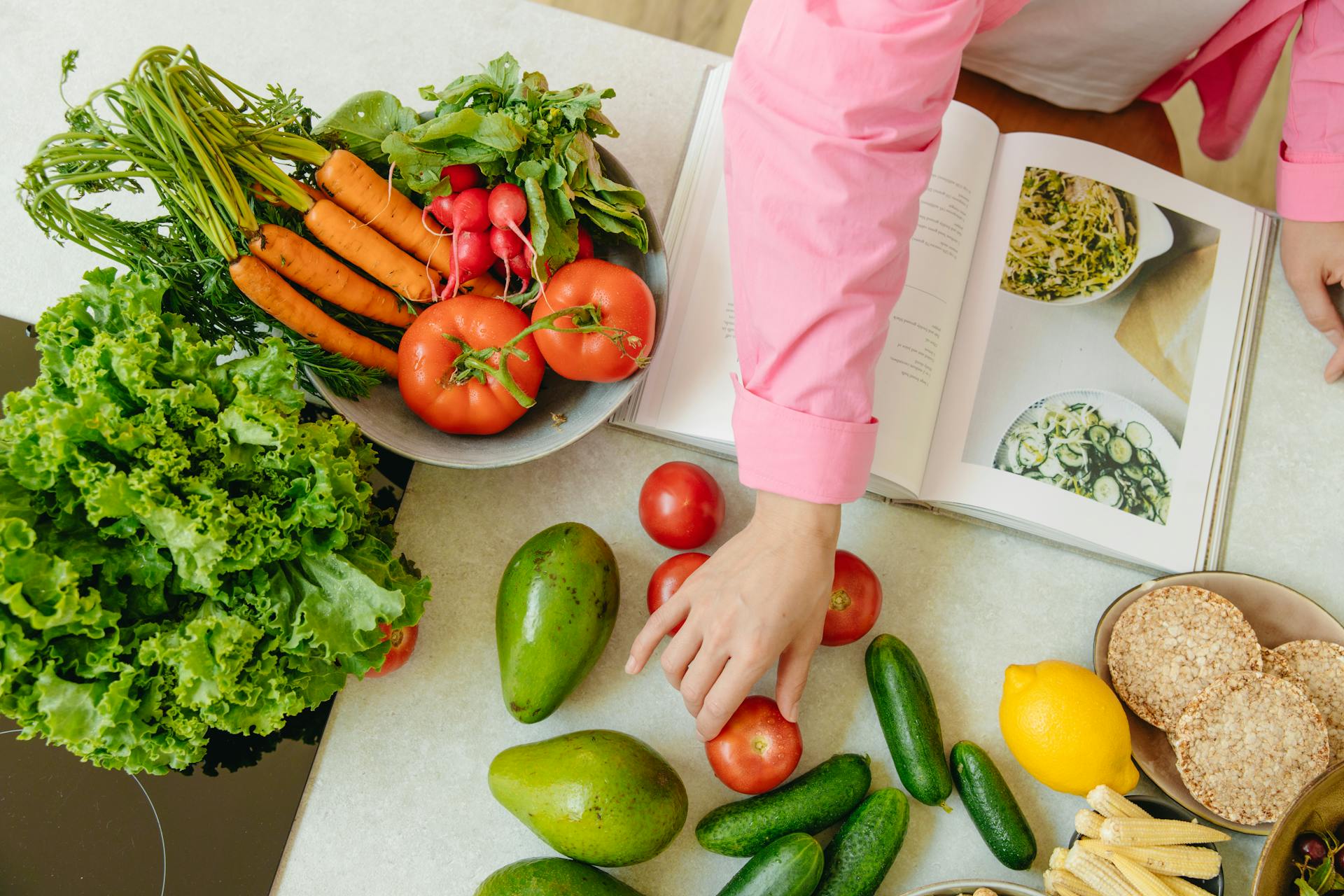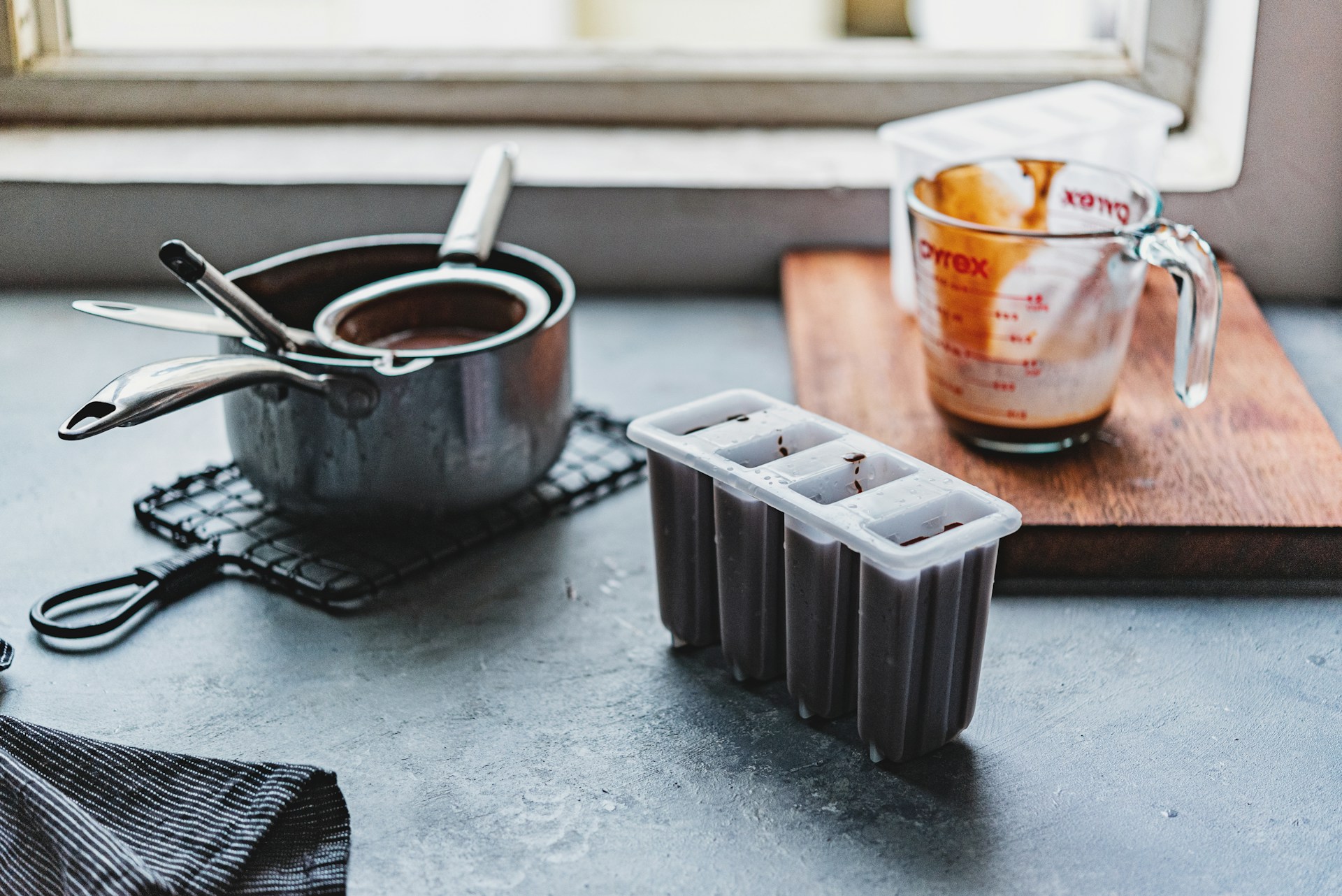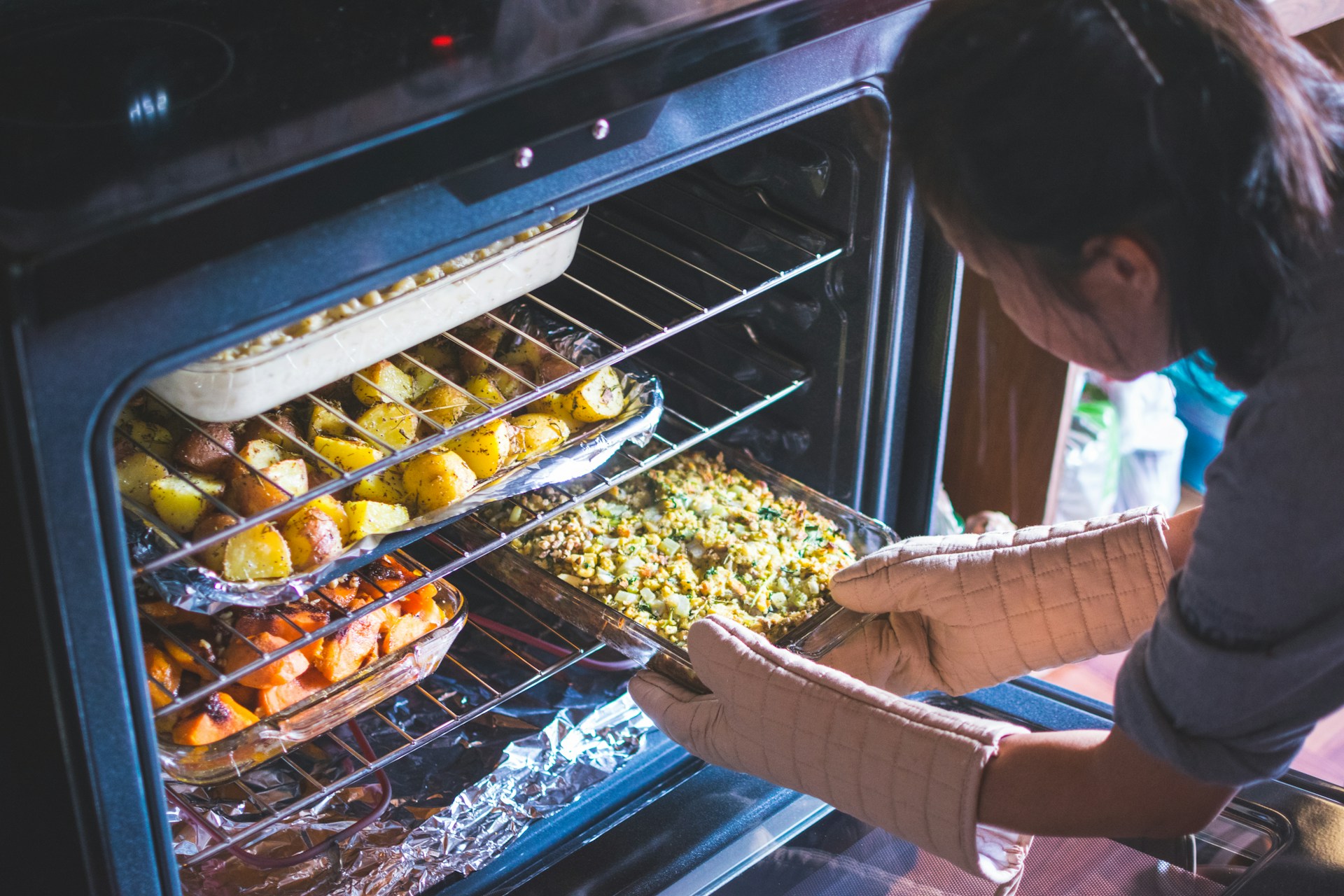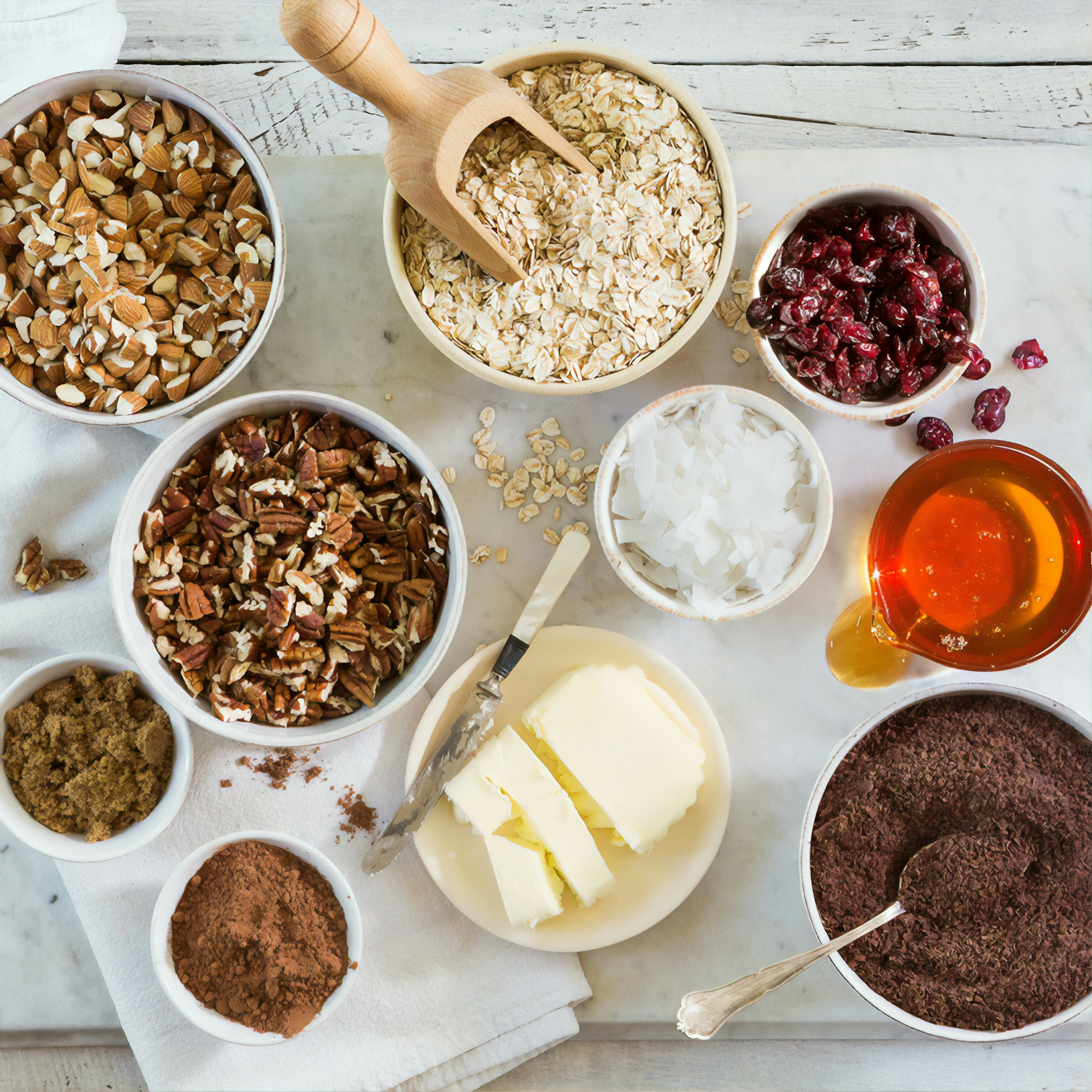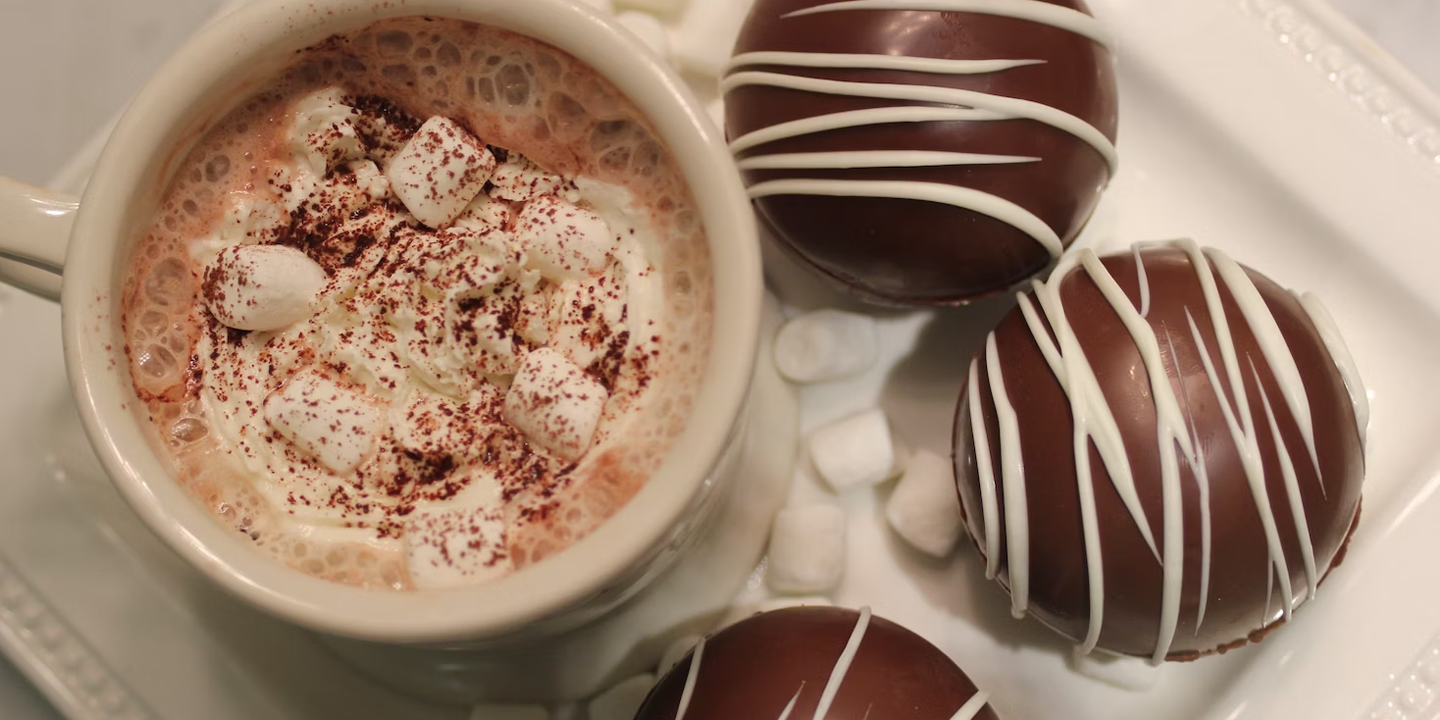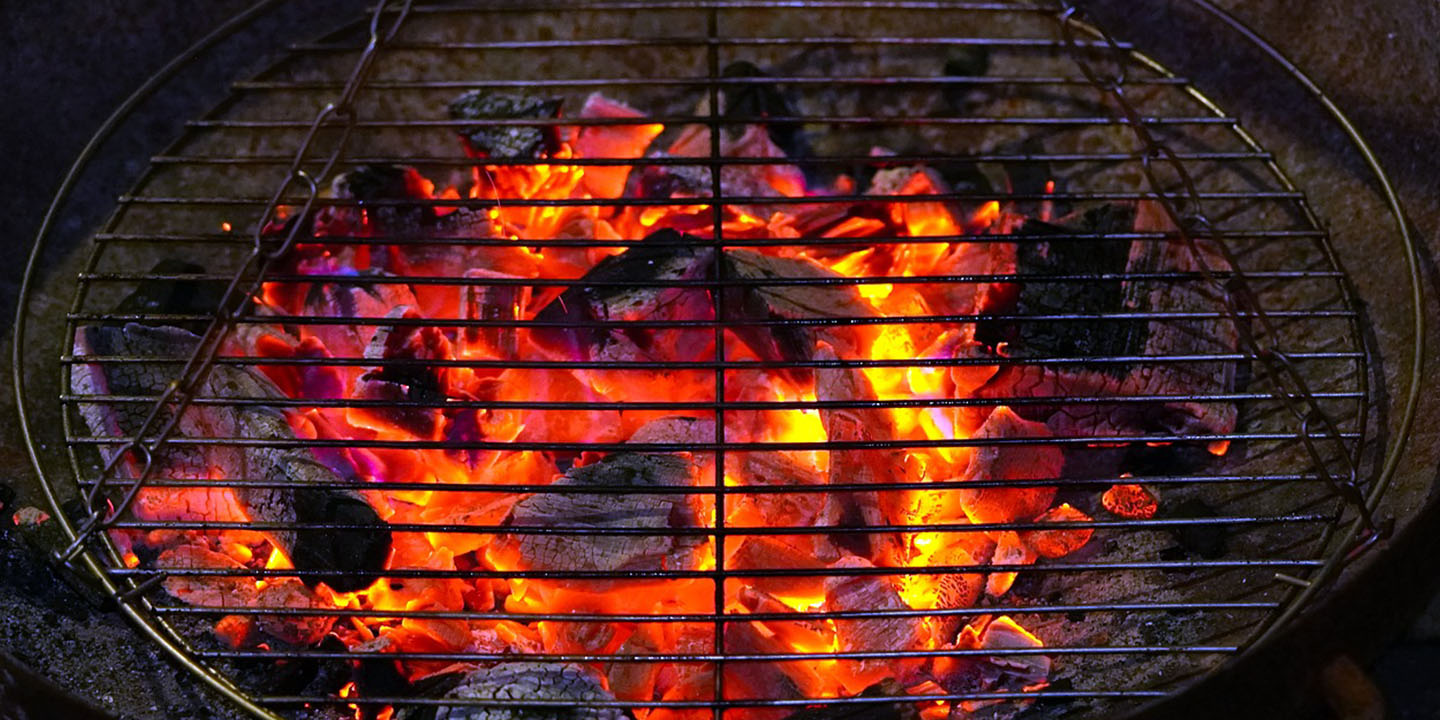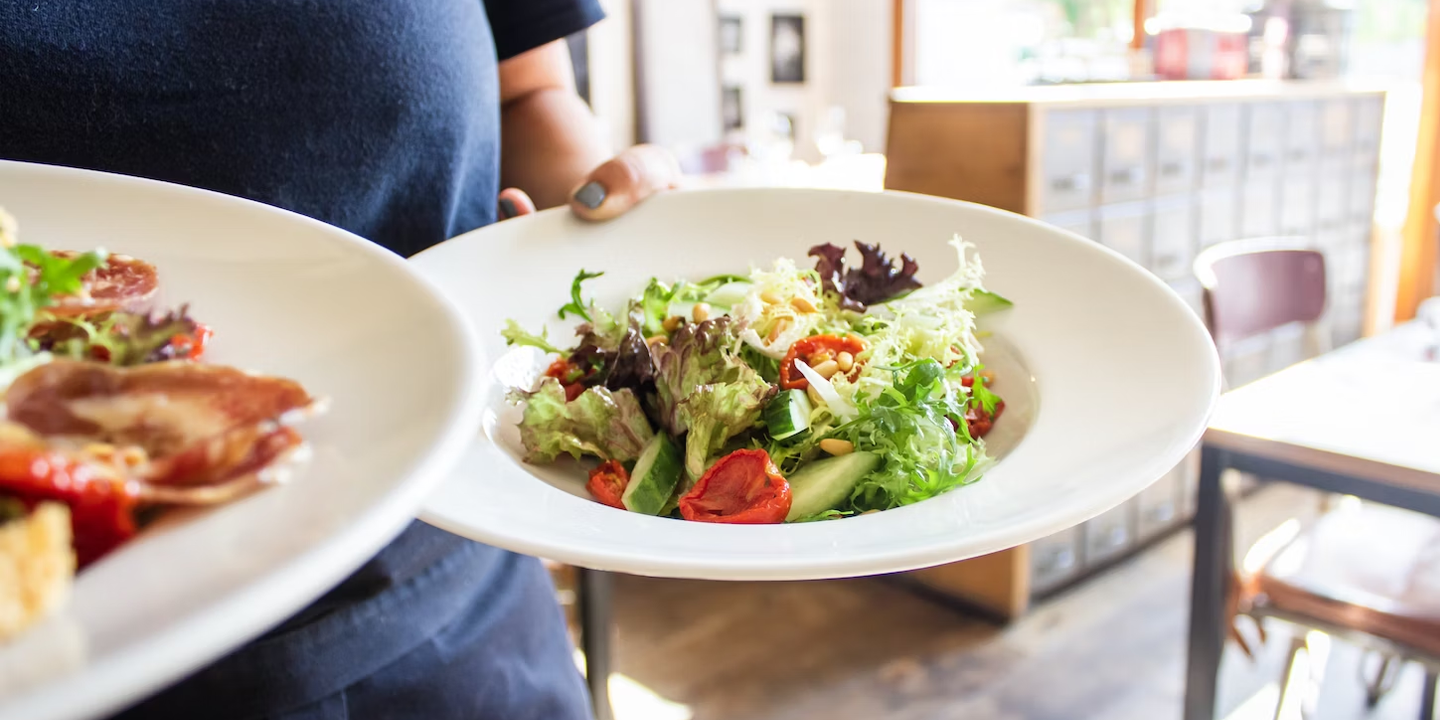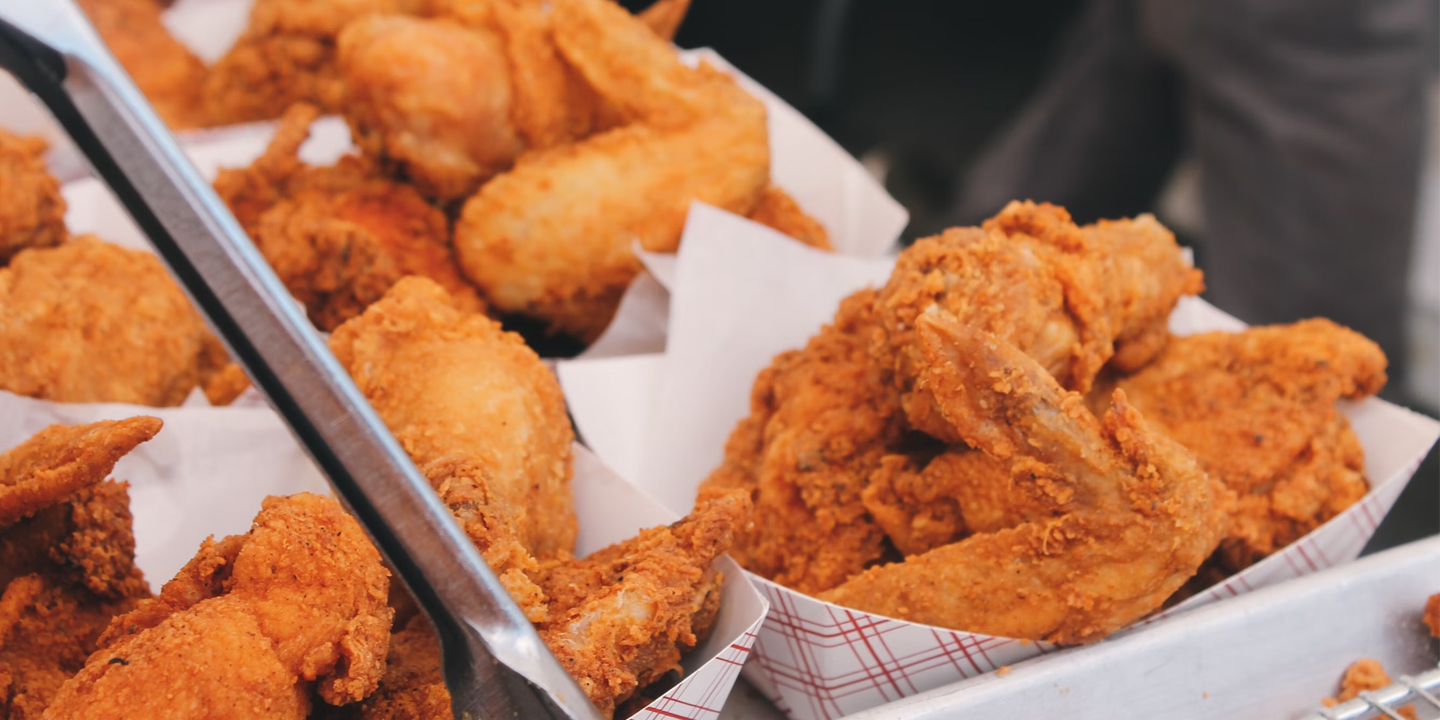Cooking is so much more than just throwing a bunch of cut up ingredients into a pan. Well sure, you'd probably end up with something edible, but if you really want to wow yourself, there are certain steps you should be taking to ensure you get the most optimal outcome. Here are 20 cooking steps you don't follow that you probably should.
1. Not Reading Recipes Thoroughly
Sometimes, we like to think our memory is a lot better than it actually is, and instead of reading the recipe book right in front of us, we choose not to. Why? Who knows! But it's really important that you always read through the entire recipe before starting, and continue to refer back to it throughout the cooking process. You definitely don't want to miss any key steps.
2. Skipping Mise en Place
It may sound rather fancy, but mise en place simply means having all of your ingredients ready to go before cooking. That means having them all washed, chopped, diced, or whatever needs to be done. It's often an overlooked step, but it can be very useful and promote a smoother cooking process.
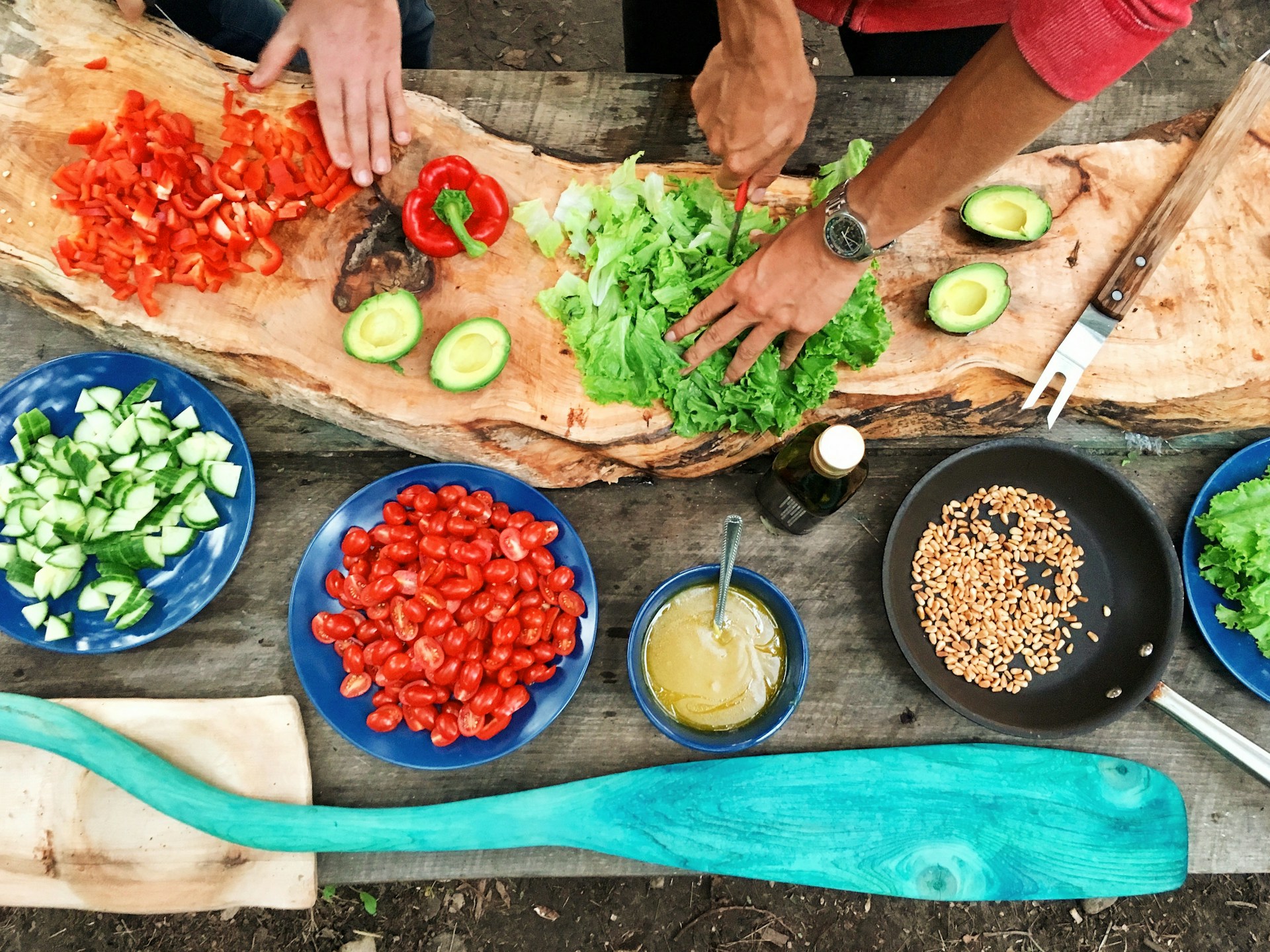 Photo by Maarten van den Heuvel on Unsplash
Photo by Maarten van den Heuvel on Unsplash
3. Ignoring Knife Maintenance
If you haven't sharpened your knives since you've bought them, chances are they've gotten pretty dull. It's important that you incorporate regularly sharpening your knives because not only does it make it easier to use when slicing, it's also a matter of safety. A dull knife is actually far more dangerous than a sharp one.
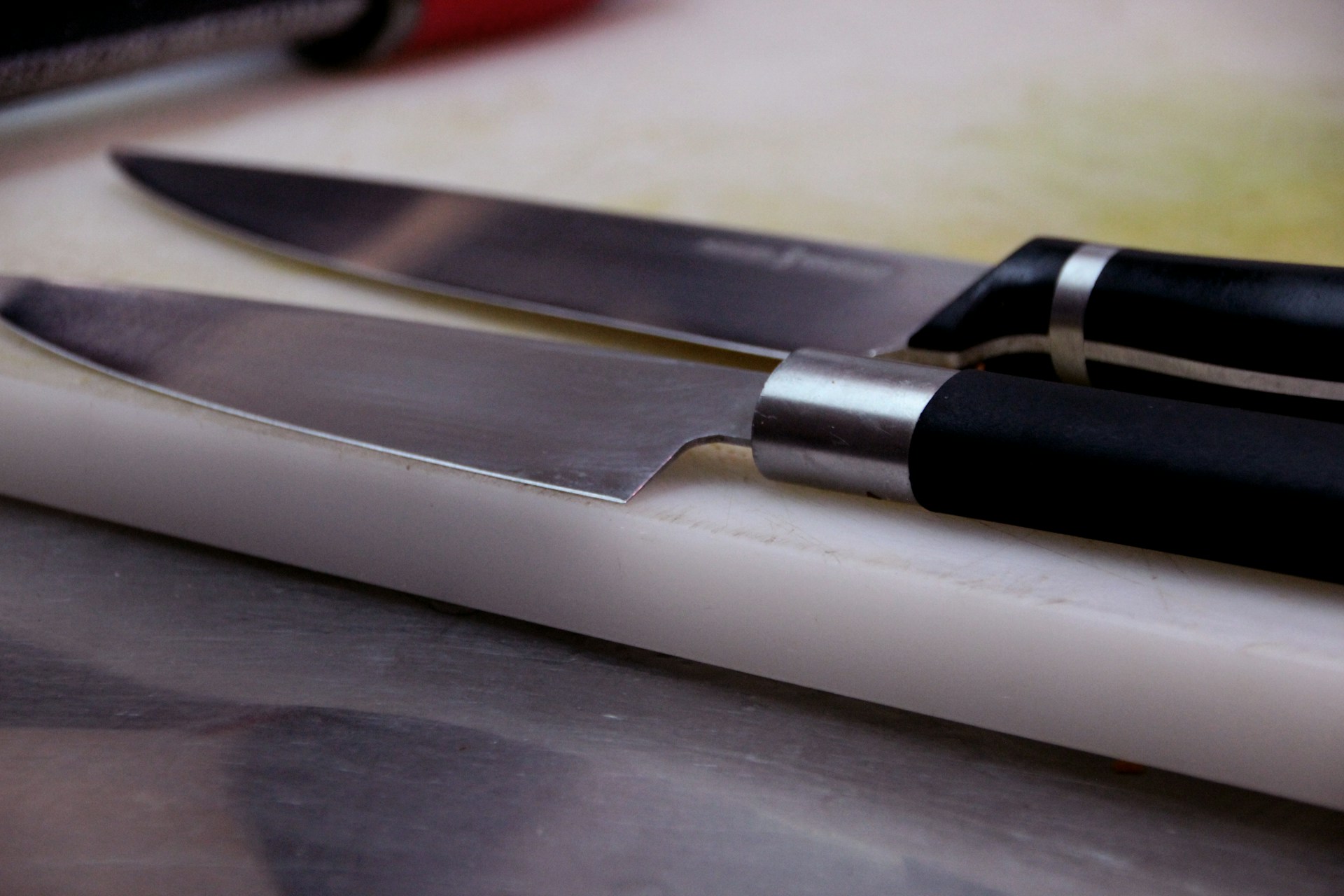 Photo by iBecome Communication on Unsplash
Photo by iBecome Communication on Unsplash
4. Neglecting to Taste as You Go
The flavour of the food you're cooking undergoes a lot of changes during the whole process. What you started out with may not be the final result!
That's why it's always important that you taste as you go; understanding how the flavours develop as they cook is crucial so that you can make adjustments for a more favourable result.
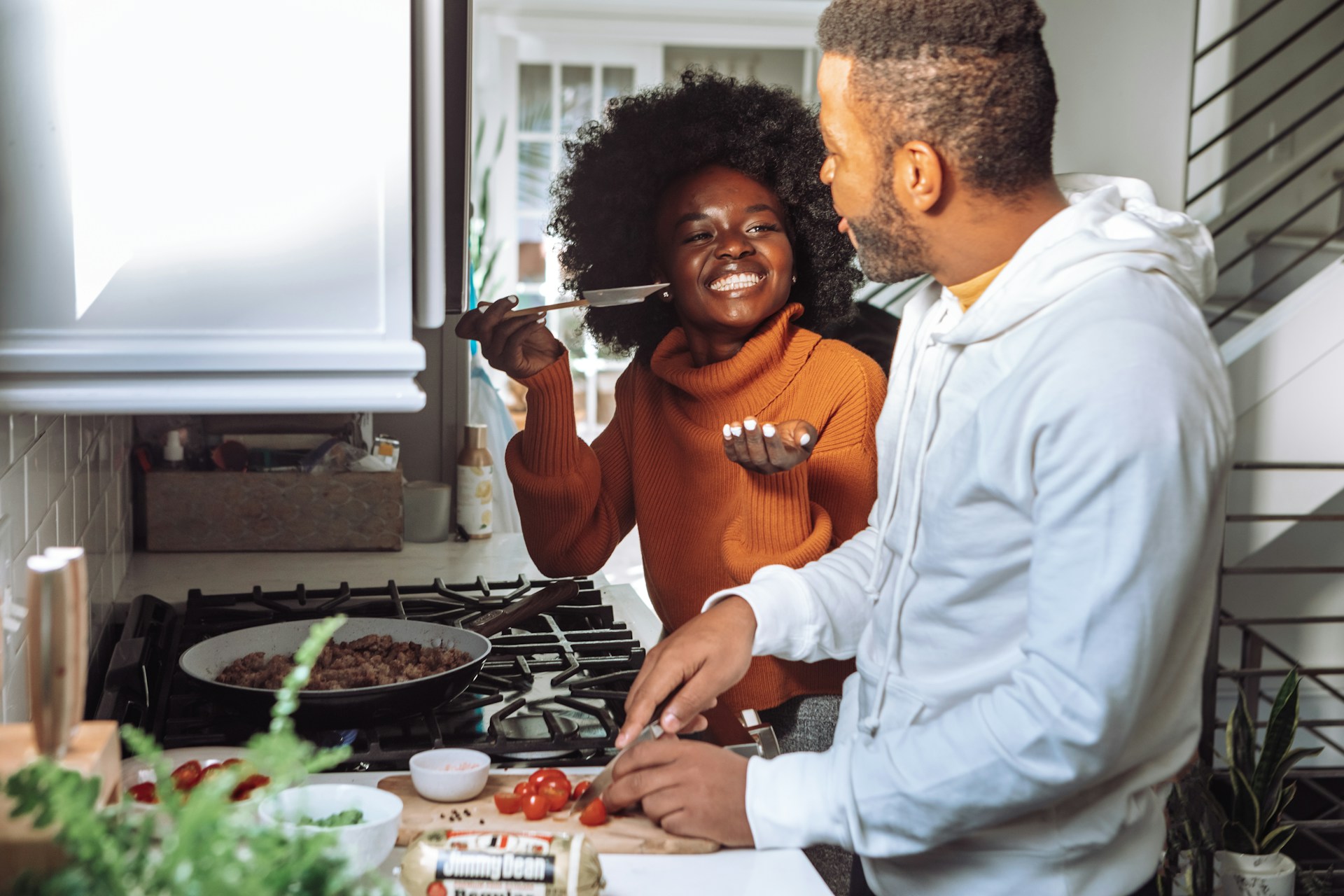 Photo by Jimmy Dean on Unsplash
Photo by Jimmy Dean on Unsplash
5. Overcrowding the Pan
Just because you see empty spaces in the pan doesn't mean you need to fill it up entirely. While you may be in a rush to finish cooking, overcrowding the pan is actually more detrimental than beneficial. Not only does it lower the overall temperature, but it can also cause uneven cooking, making the process a whole lot more complicated.
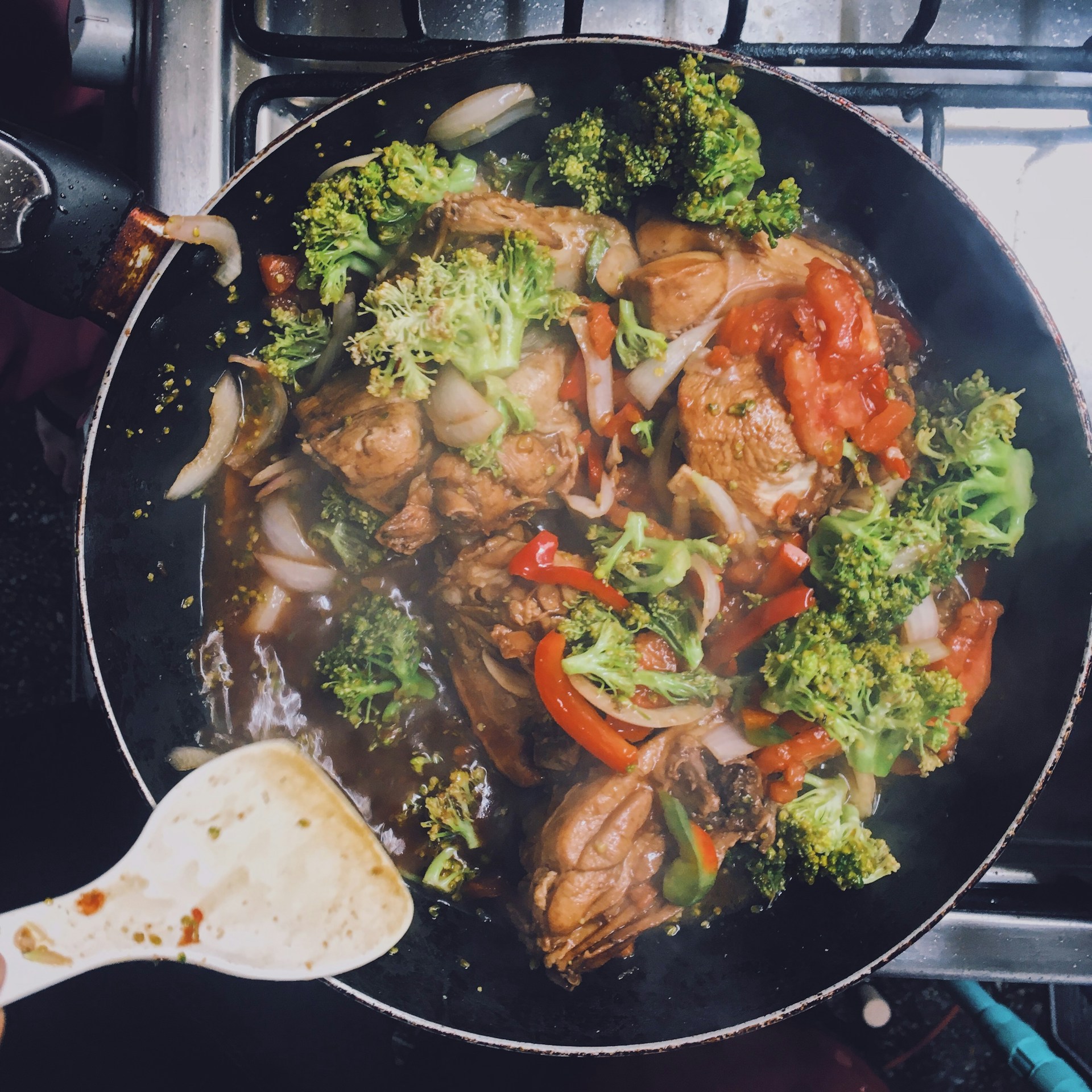 Photo by Carlos Fernández on Unsplash
Photo by Carlos Fernández on Unsplash
6. Not Using a Meat Thermometer
While it is good to trust your instincts with cooking as you grow a more developed hand, there are some things that you should always double check. When it comes to cooking meat, you should always know for sure what the temperature is. That's where the meat thermometer comes handy. It's simply a reliable way for you to know whether your meat is done or not.
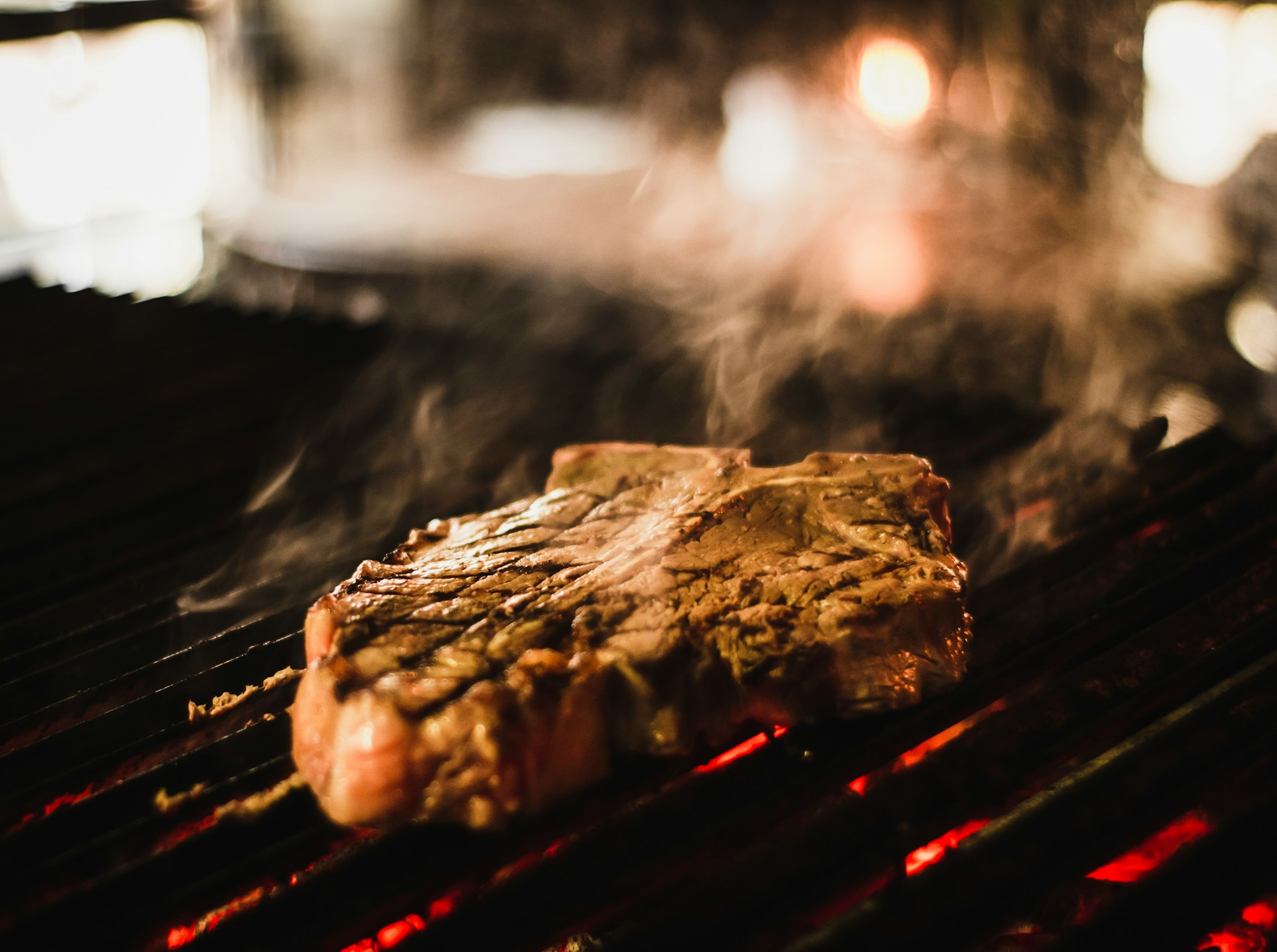 Photo by Louis Hansel on Unsplash
Photo by Louis Hansel on Unsplash
7. Disregarding Resting Time for Meat
Even though you can't wait to cut into that juicy cut of steak you just cooked so perfectly, you really have to show some restraint! Letting meat rest is a crucial step in getting the juiciest, most flavourful dish. It's how the meat retains its moisture, so always remember to give it a few minutes before slicing into it.
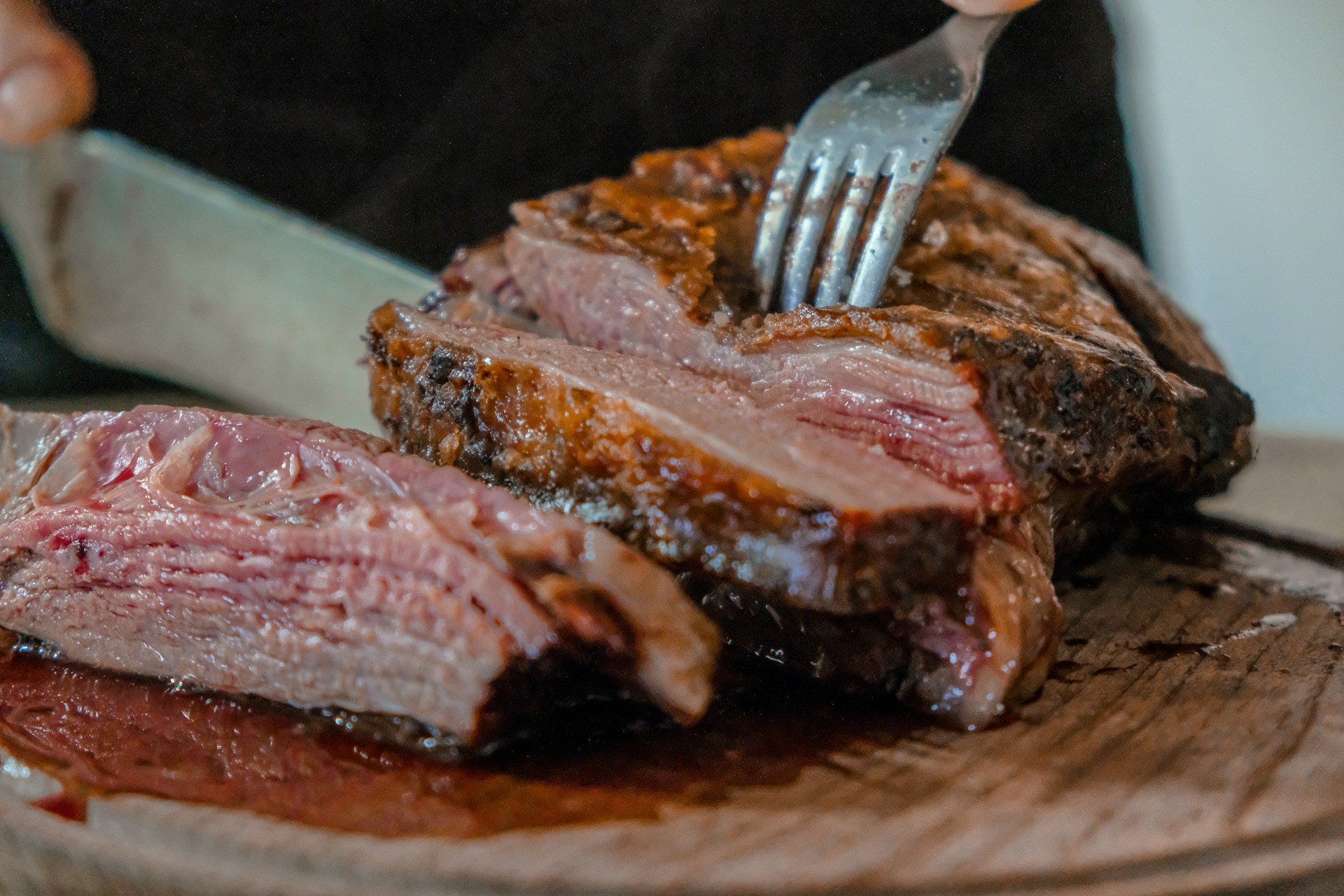 Photo by José Ignacio Pompé on Unsplash
Photo by José Ignacio Pompé on Unsplash
8. Using Nonstick Spray on Nonstick Pans
Did you know using too much nonstick spray can actually damage your nonstick pans more than help them? Over time, the residue can slowly build up, leaving behind a sticky, unpleasant surface. The pan is already nonstick, so here's what you should be doing instead. Just use a bit of butter or oil when you're cooking in place of the spray so that you maintain and don't ruin the quality of the pan.
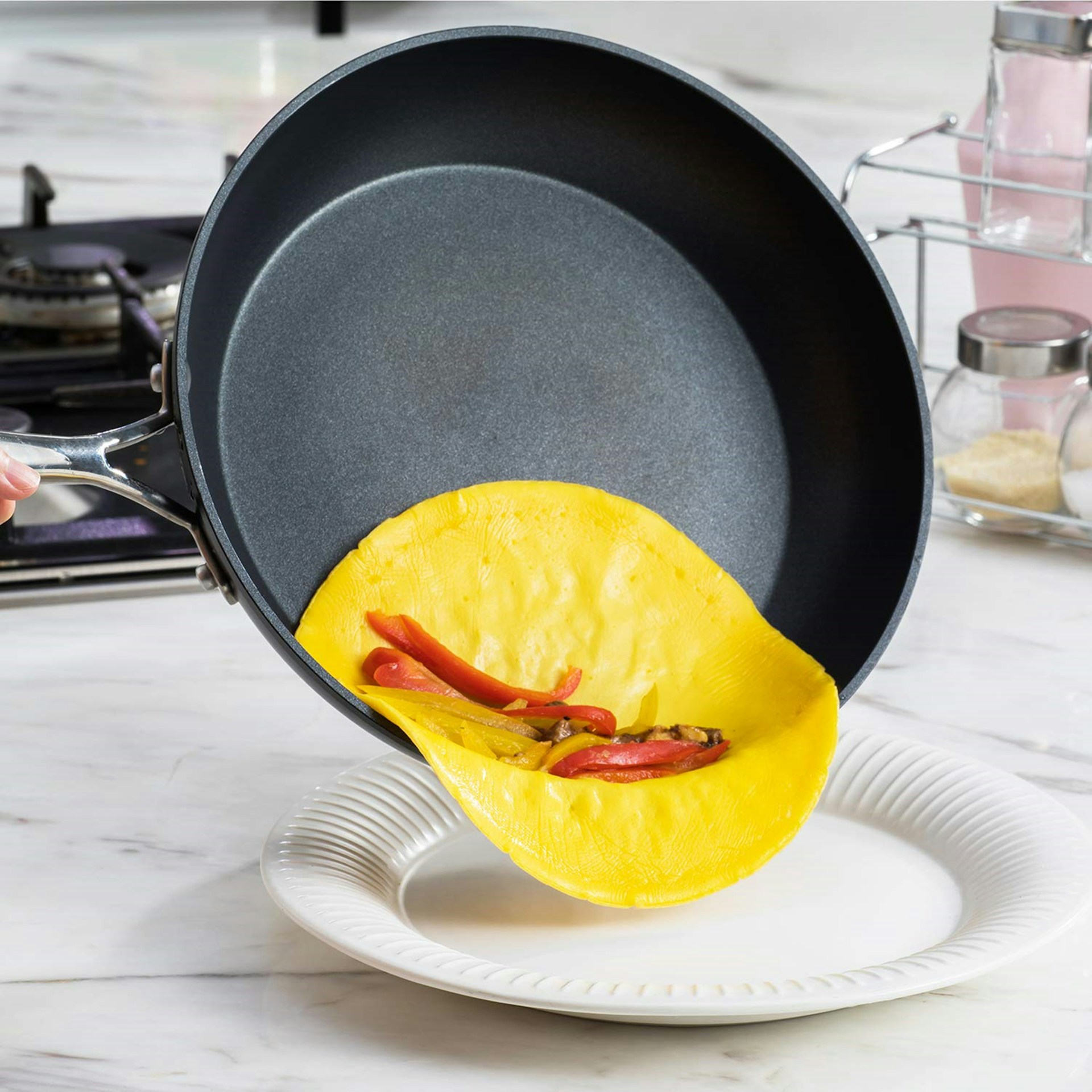 Photo by Cooker King on Unsplash
Photo by Cooker King on Unsplash
9. Overlooking the Importance of Preheating
If the recipe says to preheat the oven, you should absolutely go preheat your oven. For some reason, people think this is a skippable step! Especially when it comes to baking, where science plays such a large part, getting your baked goods in at the right temperature is a necessary step in getting the perfect finished product.
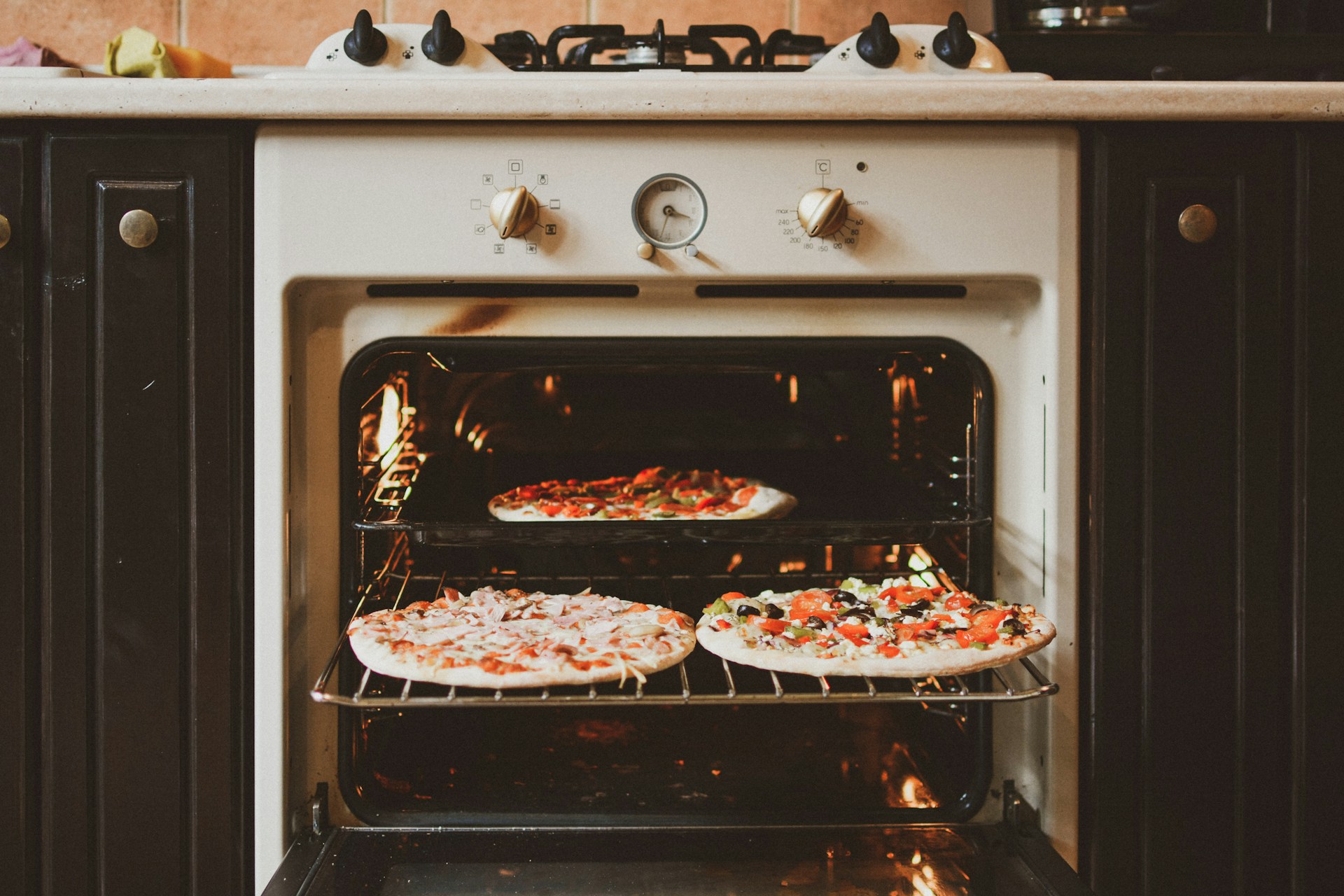 Photo by Stefan C. Asafti on Unsplash
Photo by Stefan C. Asafti on Unsplash
10. Not Cleaning as You Go
A major reason why many people don't like cooking is the mess it leaves behind when all's said and done. All those dishes, pots, pans waiting to be washed? No one's excited about that! That's why instead of leaving it all to the end, it's actually better to clean as you go. This allows for a much easier cleaning process, and it also reduces your stress too.
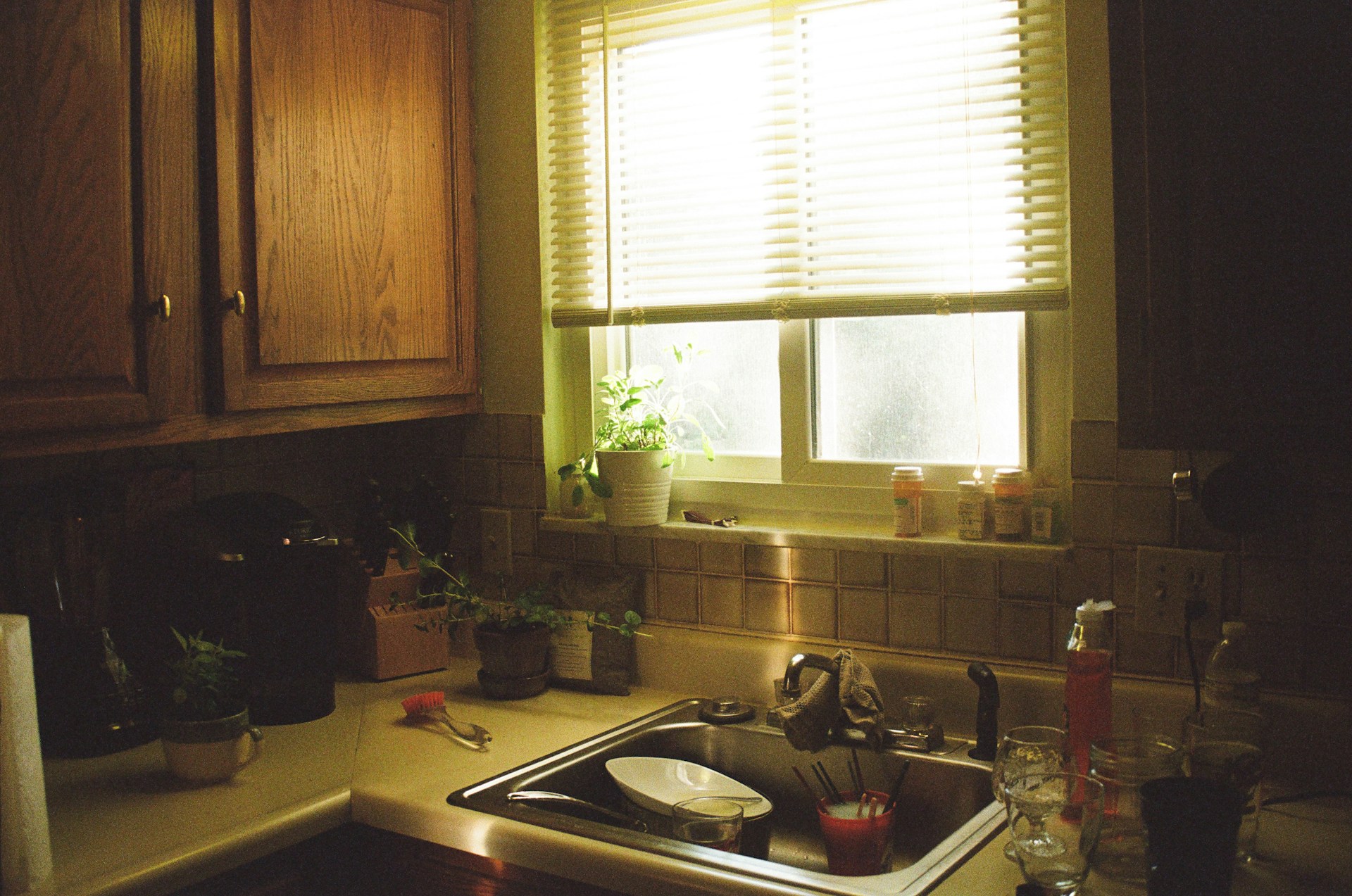 Photo by Kelly Moon on Unsplash
Photo by Kelly Moon on Unsplash
11. Using a Timer
Never underestimate the usefulness of a timer.
Even though you think you'll keep an eye on the time, there are so many things that distract us. To make sure your food doesn't accidentally overcook, or worse, burn, using a timer is simply a handy tool that won't fail you.
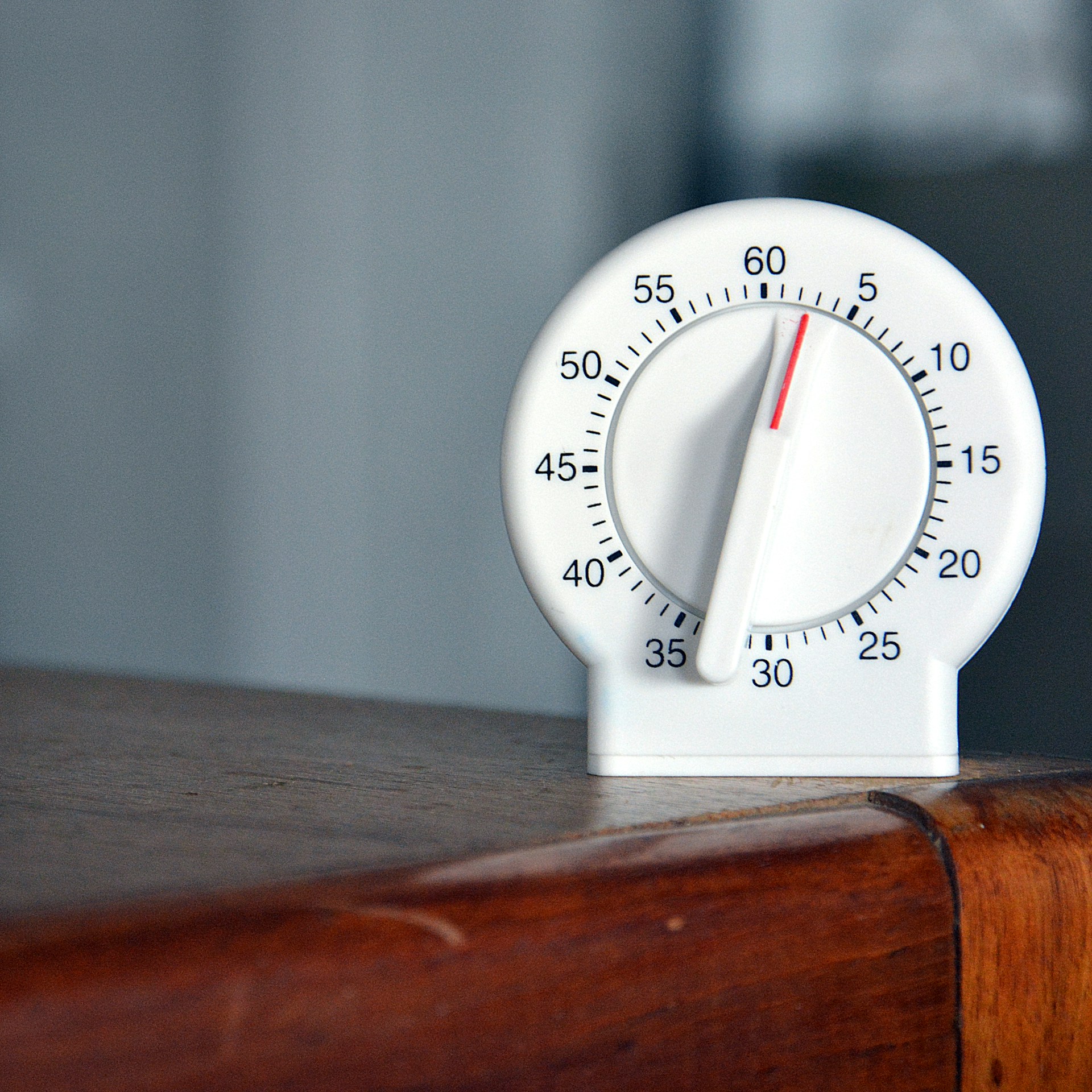 Photo by Marcelo Leal on Unsplash
Photo by Marcelo Leal on Unsplash
12. Measuring Ingredients Accurately
When it comes to baking, we can't emphasize enough the importance of accurately measuring the ingredients. While "eyeballing" sauces and spices for cooking might be passable, you definitely can't say the same about baking. It's truly a science, where the right balance of ingredients can make or break your final product.
13. Resting Dough
Whether you're making something sweet like pastries, or creating bases like bread or pasta, resting the dough is a vital step that ensures you'll have the best end result. Resting is what allows the gluten to relax, become soft, and improve the texture. You don't want rough bread do you now.
 Photo by Phil Hearing on Unsplash
Photo by Phil Hearing on Unsplash
14. Dealing with Leftovers Promptly
There's a lot more to storing your leftovers than carelessly throwing them into containers and throwing them in the fridge. For one, make sure they're stored in airtight containers, and two, you can't leave them out for too long. It's important that you refrigerate them promptly, reducing your risk of ruining the food or getting foodborne illnesses.
 Photo by Kim Deachul on Unsplash
Photo by Kim Deachul on Unsplash
15. Utilizing Fresh Herbs
Using fresh herbs can add a world of difference to your dish!
They're able to provide such depth and vibrancy to so many dishes, you won't be able to go back once you've tried it. Consider getting some that best fit the next dish you want to make so you can see the improvements.
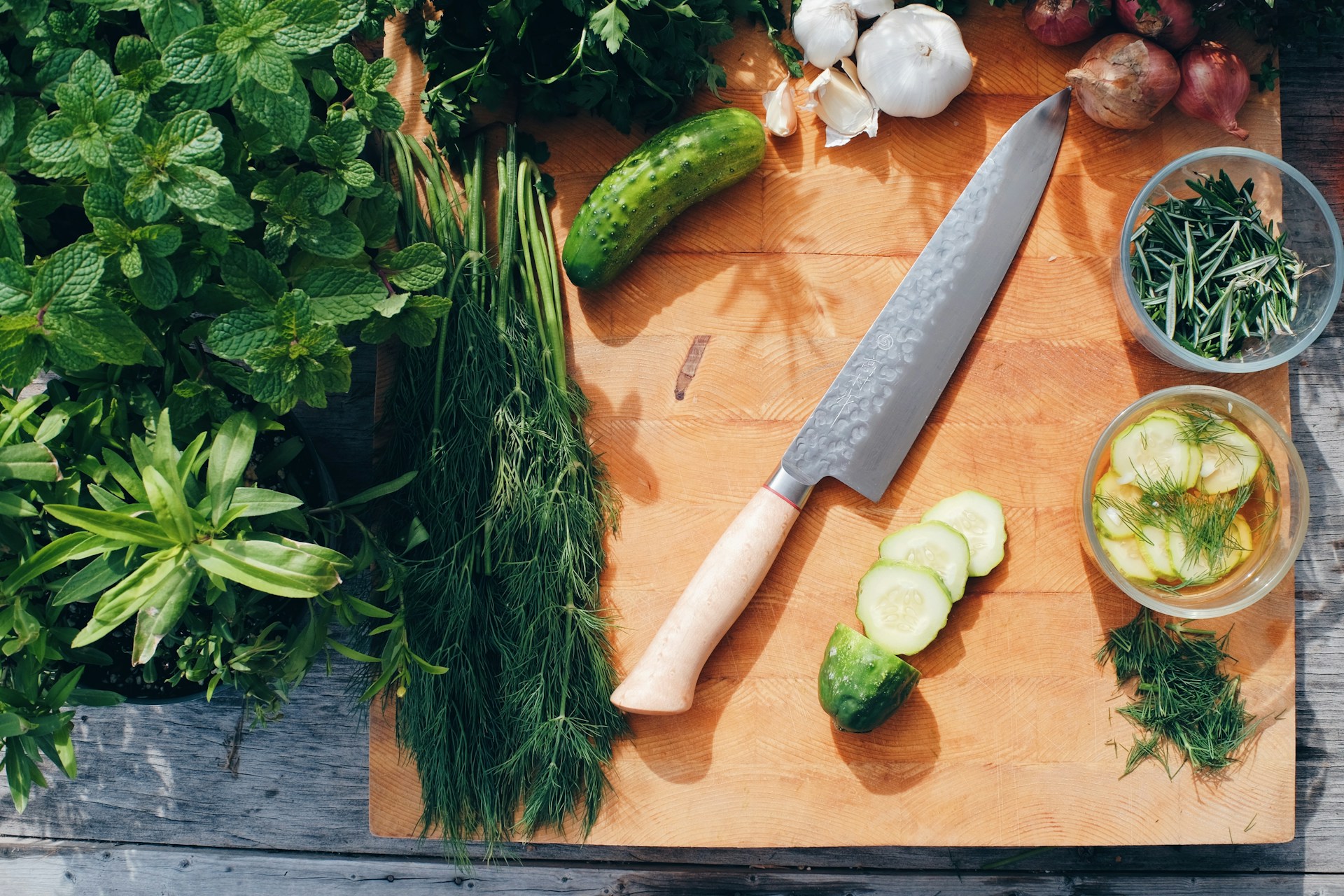 Photo by Kevin Doran on Unsplash
Photo by Kevin Doran on Unsplash
16. Allowing Pans to Preheat
It's not just about preheating the oven, preheating your pans can be a gamechanger too. Make sure the stove is on and your pan is hot before dropping in your meats. It's how to get the perfect sear every single time. Adding your ingredients to a cold pan won't do you any good - the food might start sticking or cooking unevenly.
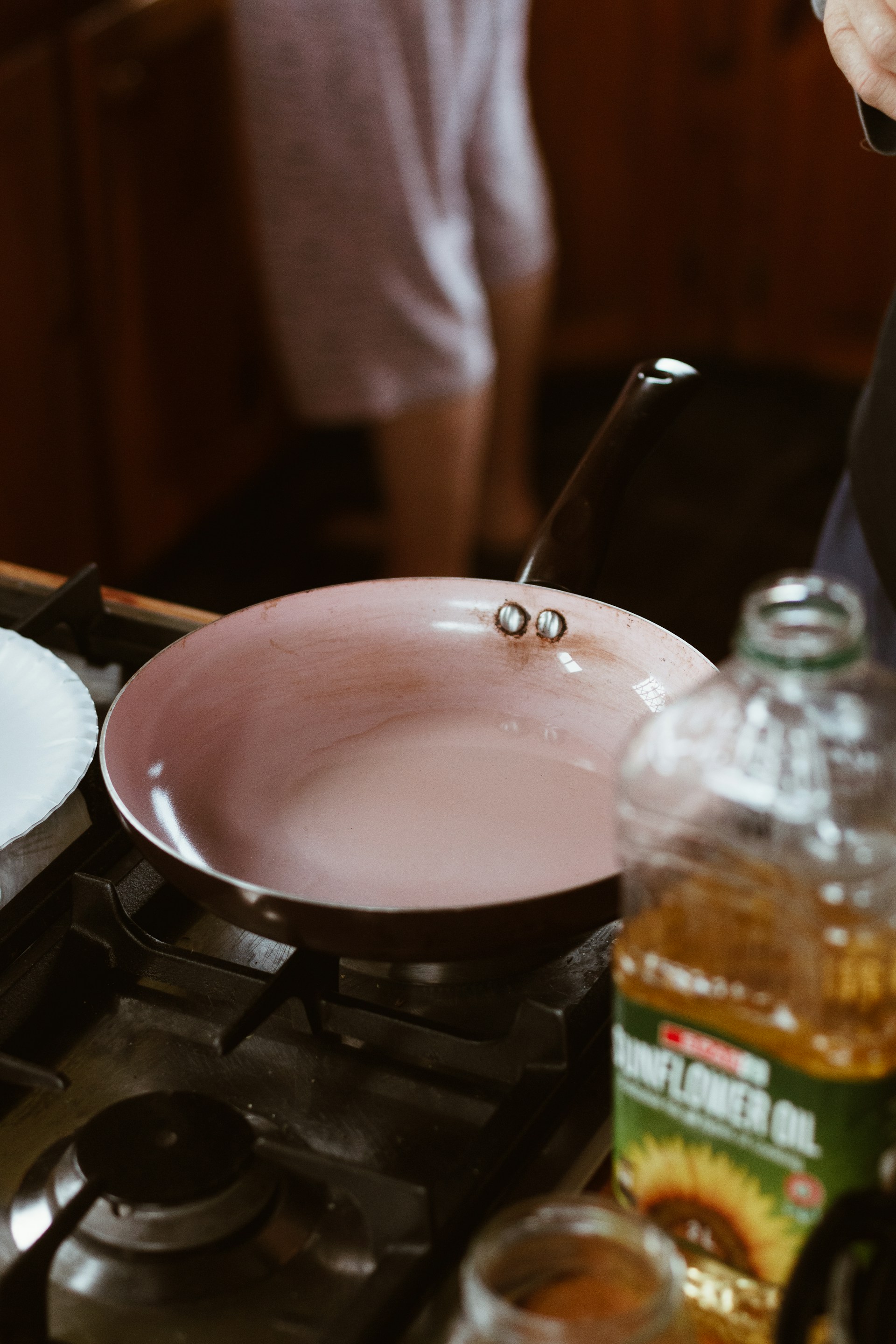 Photo by Sincerely Media on Unsplash
Photo by Sincerely Media on Unsplash
17. Using the Right Oil for Cooking
Just because you only have one oil at home doesn't mean it's ideal for all different types of cooking. Oils aren't exactly a "one fits all" kind of ingredient. Each one has different flavour profiles and different smoke points that can affect your cooking. Try using the best fitting oil for whatever cooking method you do next, and just watch to see how it'll enhance the overall dish.
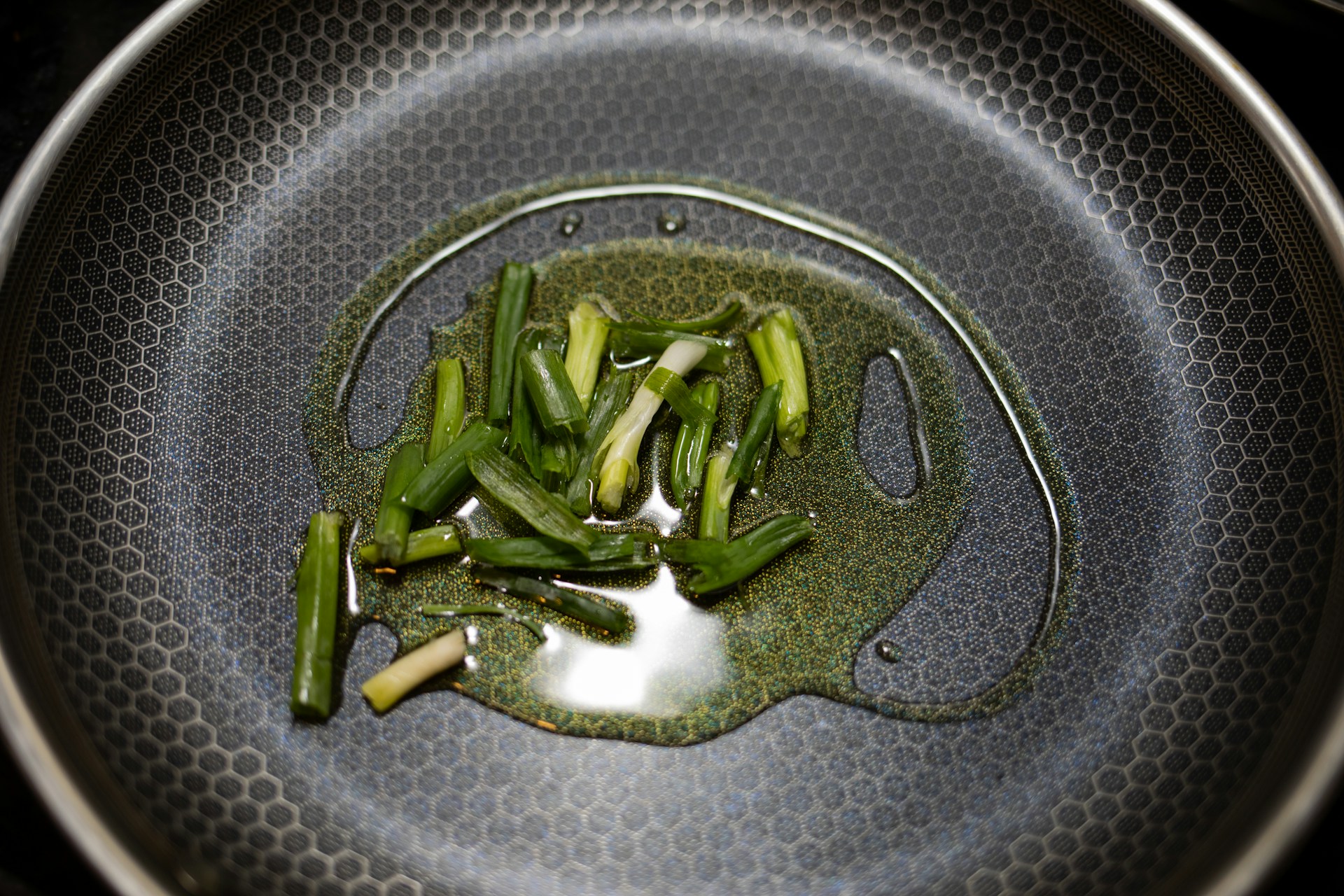 Photo by Frank Zhang on Unsplash
Photo by Frank Zhang on Unsplash
18. Maintaining Consistent Knife Cuts
It's time to sharpen up your knife skills because making consistent cuts isn't just about creating a better presentation, it helps with even cooking too. It's kind of common sense - if you throw in one thick cut of carrot and a thin one, obviously they're going to have different cooking times!
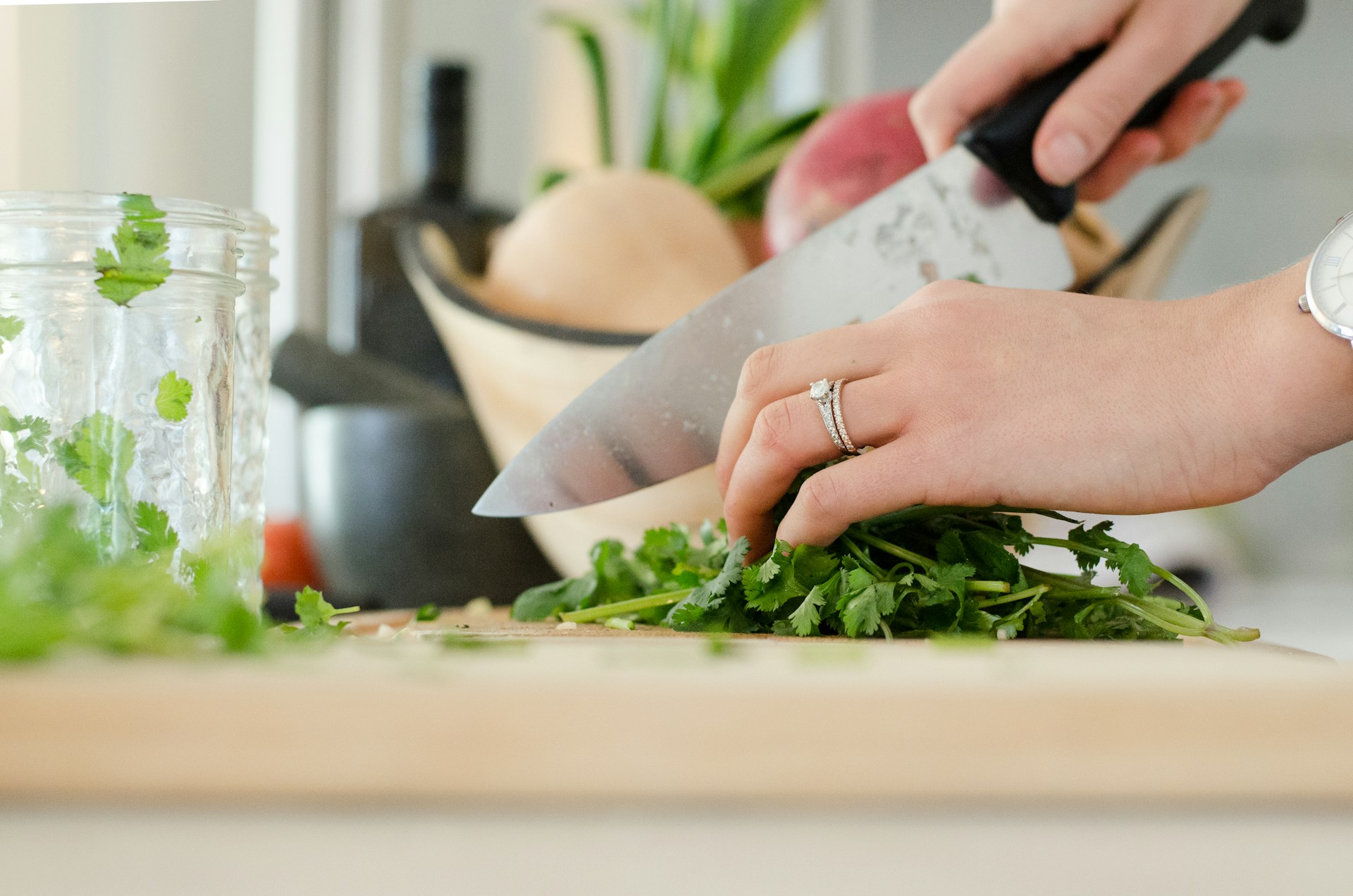 Photo by Alyson McPhee on Unsplash
Photo by Alyson McPhee on Unsplash
19. Rotating Pans in the Oven
If the instructions tell you to rotate you pans halfway through baking, you best believe you should follow what they're saying. This is done to ensure that your dish is cooking evenly, so that one side isn't overcooked or burnt while the other is undercooked.
20. Letting Ingredients Come to Room Temperature
As we've already mentioned, baking requires precision. So if the recipe tells you that you need room temperature ingredients, don't overlook that step. Even something as little as the temperature of your ingredients can deeply affect the outcome of your dish!
KEEP ON READING
